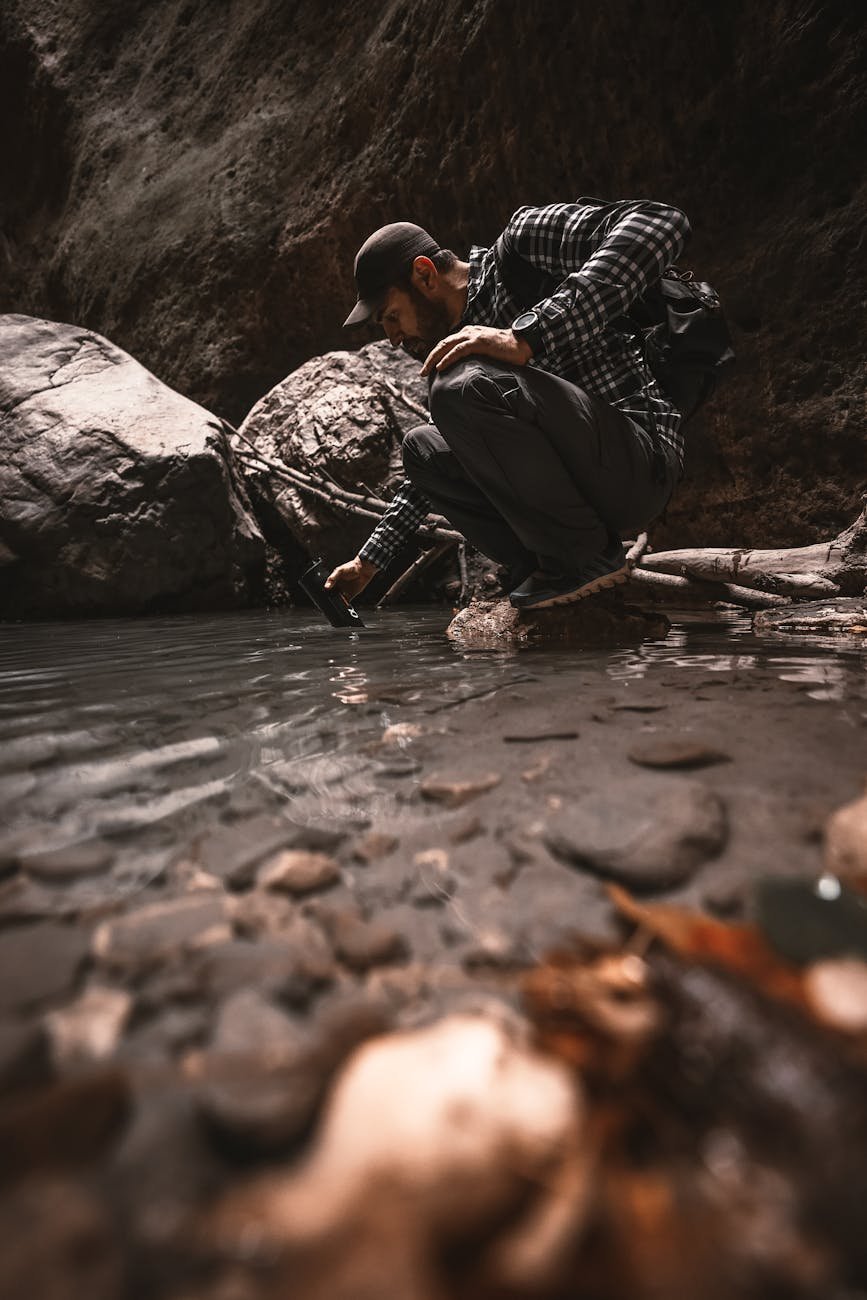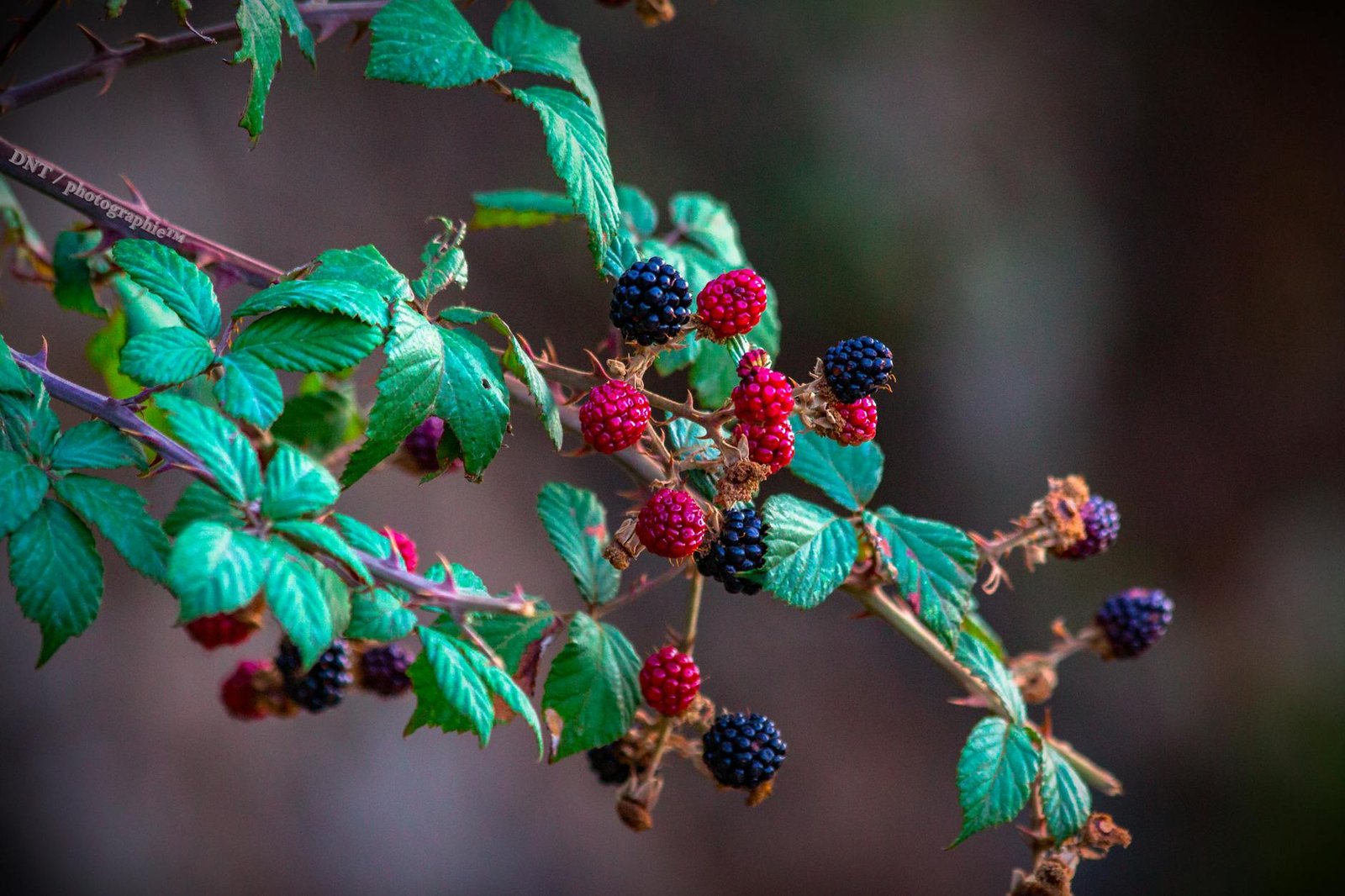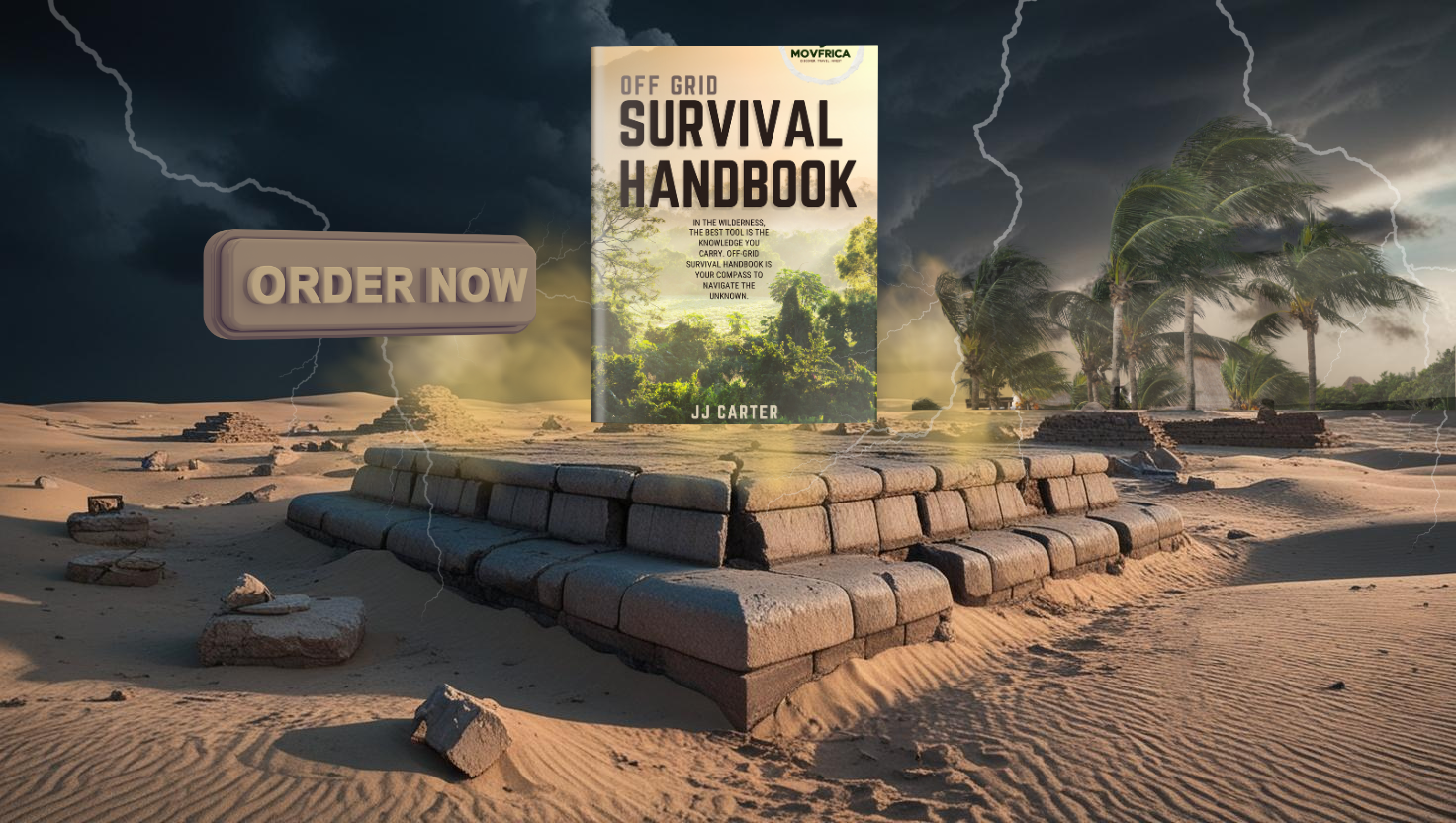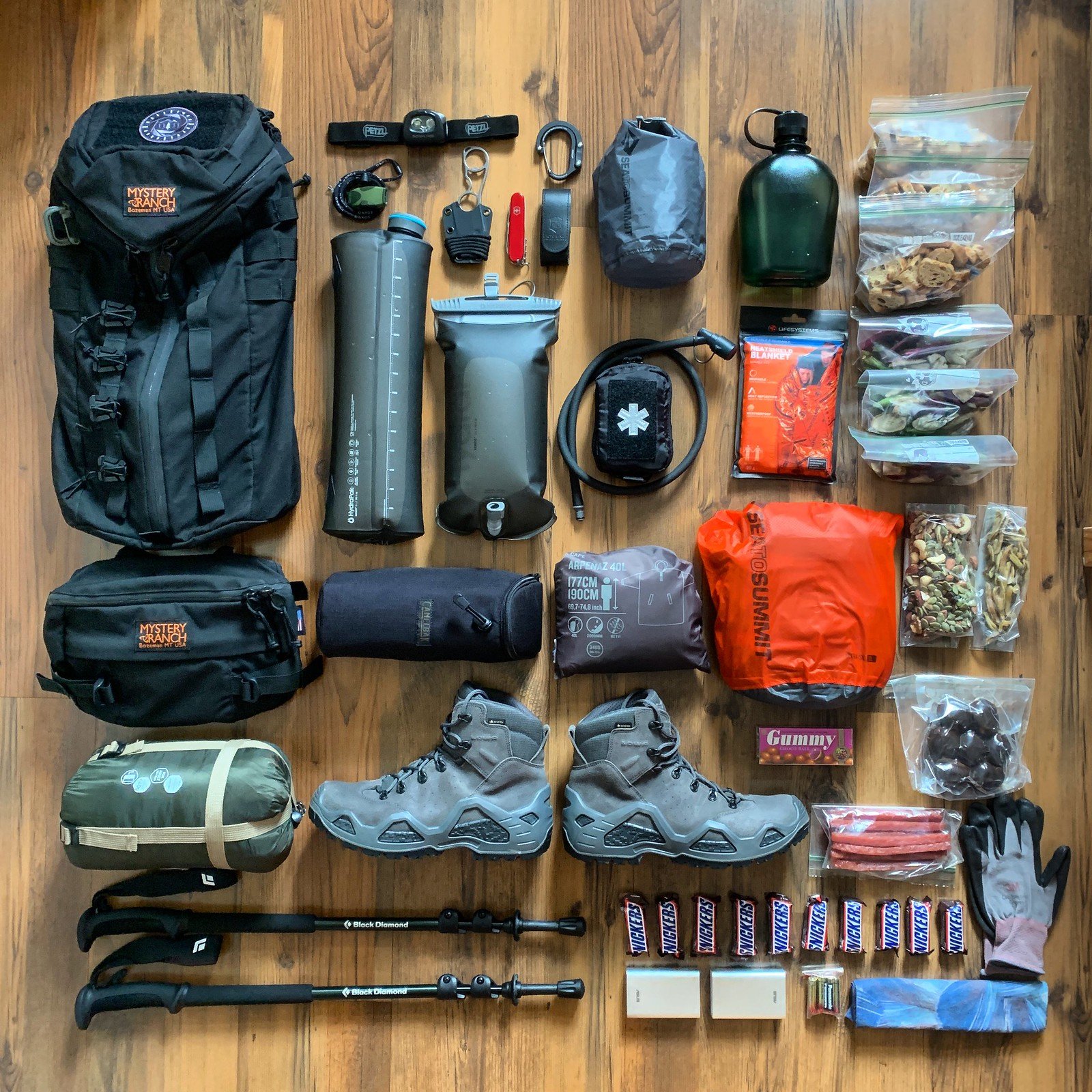Off-grid survival is more than just a trend; it’s a lifestyle that offers self-sufficiency, independence, and a deeper connection with nature. Whether you’re preparing for emergencies, seeking an alternative lifestyle, or simply want to disconnect from modern dependency, mastering essential survival skills is crucial.
This guide will walk you through the fundamental techniques required to thrive in the wilderness and build an independent life away from the grid. From securing food and water to building shelters and generating energy, you’ll gain insights into practical and sustainable off-grid living.

Planning and Preparation
The first step to successful off-grid survival is thorough planning and preparation. Choosing the right location is critical—considering factors like climate, water availability, and accessibility can make or break your experience.

Choosing the Right Shelter Location
Before building, selecting an appropriate site is critical:
- Avoid low-lying areas: These are prone to flooding.
- Look for natural windbreaks: Hills, rock formations, or dense forests offer protection.
- Stay close to resources: Ensure proximity to water, firewood, and food sources.
Types of Survival Shelters
- Lean-to Shelter: A quick and easy structure that uses a single wall to reflect heat.
- Debris Hut: Ideal for colder climates, made from natural materials like leaves and branches.
- A-Frame Shelter: Provides excellent protection from rain and wind.T
- Tarp Shelter: Versatile and lightweight, offering quick coverage.
Building Techniques for Maximum Durability
- Use sturdy support poles and secure them with strong knots.
- Insulate with leaves, grass, or debris for warmth.
- Ensure a small entrance to retain body heat inside the shelter.
Taking time to construct a well-planned shelter can keep you safe and comfortable in extreme conditions.

Fire-Starting Secrets for Rain, Wind, and Snow Survival
Fire is a lifeline in survival situations—it provides warmth, cooks food, purifies water, and offers psychological comfort. But starting a fire in challenging conditions requires skill and knowledge.
Essential Fire-Starting Tools
- Ferrocerium rods: Produce sparks even when wet.
- Waterproof matches: A must-have in wet conditions.
- Lighters: Easy to use but susceptible to wind and moisture.
- Natural tinder: Cotton balls soaked in petroleum jelly work great.
Techniques for Adverse Conditions
- In Rain: Create a dry fire pit using bark or stones as a base and use dry inner wood layers.
- In Wind: Build a windbreak using logs or rocks to protect the flame.
- In Snow: Elevate the fire on logs to prevent melting snow from extinguishing it.
Fire-Laying Methods
- Teepee Fire: Ideal for quick ignition and strong flames.
- Log Cabin Fire: Provides long-lasting burn time.
- Dakota Fire Pit: Excellent for concealment and efficiency.

Water Purification Methods for Lifesaving Hydration
Water is the most critical survival resource. Drinking unfiltered water from natural sources can lead to severe illnesses due to bacteria, parasites, and contaminants. Knowing how to find and purify water is essential.
Finding Water Sources
- Rivers and Streams: Generally safer, but always purify.
- Rainwater Collection: Set up tarps or leaves to collect clean rainwater.
- Morning Dew: Absorb with cloth and wring into containers.
- Digging for Groundwater: Near vegetation or dry riverbeds.
Purification Techniques
- Boiling: The most effective method—kill bacteria and pathogens by boiling water for at least 5 minutes.
- Filtration: Use portable water filters or create DIY filters with sand and charcoal layers.
- Chemical Treatment: Purification tablets and iodine drops work well for fast disinfection.
Long-Term Storage Solutions
- Store purified water in BPA-free containers.
- Use dark-colored containers to prevent algae growth.
- Rotate stored water regularly to maintain freshness.
- Having the knowledge to purify water can turn any source into a reliable hydration lifeline.

Knot-Tying Mastery for Shelter, Tools, and Safety
Knot-tying is an underrated yet invaluable survival skill. Whether securing a shelter, creating tools, or ensuring safety in rescue situations, knowing a few critical knots can make a huge difference.
Must-Know Survival Knots
- Bowline Knot: Creates a secure, non-slip loop for rescue or anchoring.
- Clove Hitch: Ideal for securing rope to poles or trees.
- Taut-Line Hitch: Adjustable tension knot for shelters and guy lines.
- Square Knot: Perfect for joining two ropes together securely.
Practical Applications in Survival
- Building sturdy shelter frames and securing tarps.
- Creating makeshift traps and tools.
- Securing gear and supplies for transport.
- Emergency first-aid applications, such as creating a splint.
Tips for Knot Efficiency
- Practice regularly to improve muscle memory.
- Choose the right rope material for durability.
- Double-check knots for tightness and reliability.
- With strong knot-tying skills, you can tackle a range of survival challenges with confidence.

Foraging Skills to Find Food and Avoid Dangerous Plants
Foraging for food is a fundamental survival skill that provides essential nutrients when hunting or fishing isn’t an option. However, it’s crucial to identify edible plants and avoid toxic ones.
Identifying Edible Plants
- Dandelions: Edible leaves, roots, and flowers with medicinal benefits.
- Cattails: Nutrient-rich roots and shoots found near water.
- Wild Berries: Blackberries and raspberries are usually safe; avoid unknown varieties.
- Acorns: High in calories; leach tannins to remove bitterness.
Avoiding Poisonous Plants
- Bright-colored berries: Often a sign of toxicity.
- Milky sap: Many poisonous plants secrete toxic white sap.
- Three-leaf clusters: Could indicate poison ivy or oak.
Foraging Best Practices
- Always cross-reference findings with a reliable field guide.
- Harvest sustainably to allow regrowth.
- Taste test cautiously, starting with small amounts.









Leave a Reply